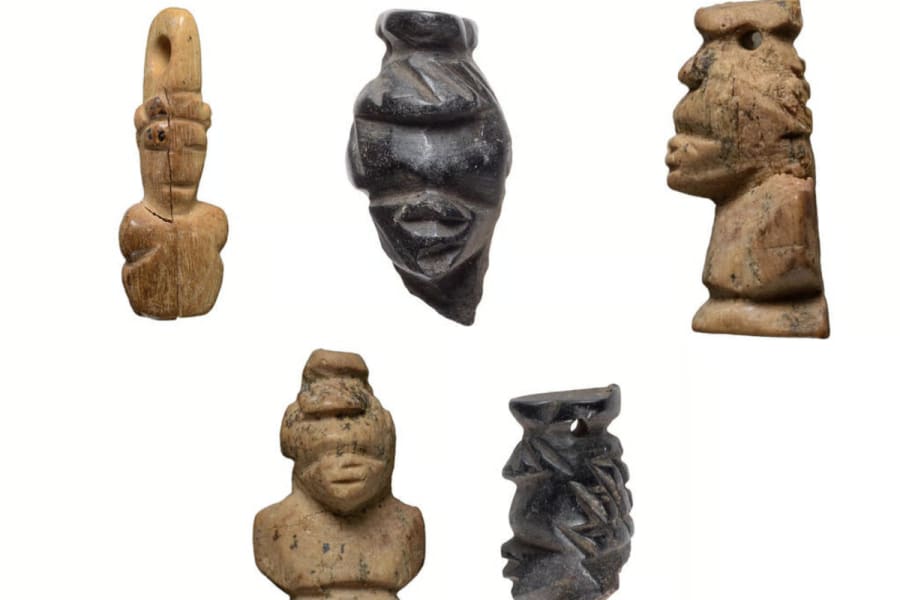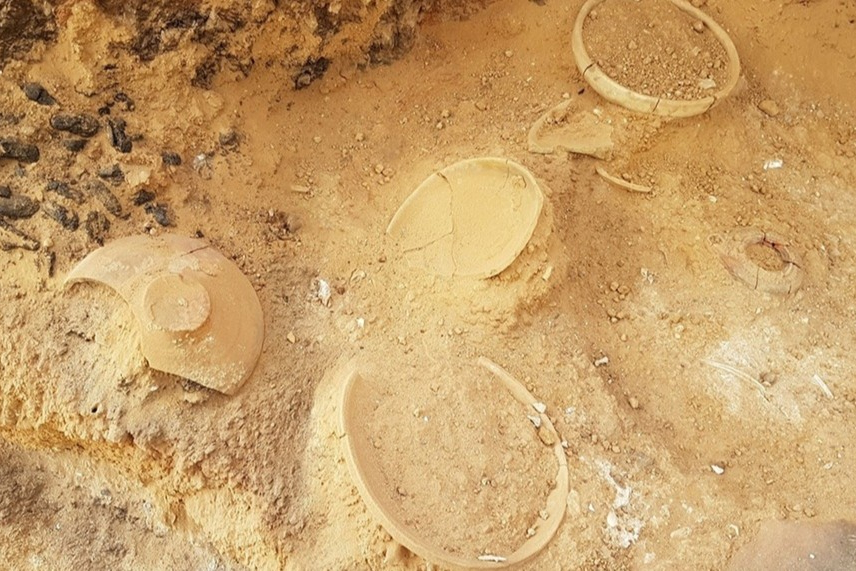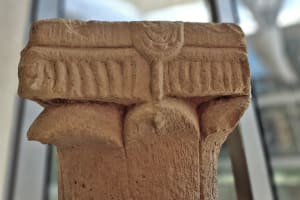1,500-year-old Christian African figurines discovered in Israel’s Negev Desert

Israeli and German archaeologists have uncovered 1,500-year-old tiny figurines that include African figures that were carved into black wood in Israel's southern Negev Desert. The Israel Antiquities Authority (IAA) published its findings in its Atiqot journal.
The archaeological research, which was a cooperation between the IAA and the German University of Cologne, took place at the Tel Malhata archaeological site in the Negev’s Arad Valley, close to the Dead Sea.
The researchers believe that the figurines constitute evidence of an ancient Christian community in the southern part of the Holy Land.
"The figurines show that a Christian community lived in the south of the country about 1,500 years ago, possibly with some of its members coming from Africa,” the Israeli researchers assessed. “Carved from bone, and from ebony wood – a rare raw material originating from southern India and Sri Lanka – the figurines were designed in the form of women and men bearing prominent African facial features, and with a hole for the purpose of wearing them around the neck. It seems their purpose was not only decorative, but also as intimate personal items carrying with them a story of identity, tradition, and memory."
“It is possible that the figures represent ancestors, and thus they reflect traditions passed down from generation to generation – even after the adoption of the Christian religion,” the researchers added.

IAA Director Eli Escusido emphasized the human dimension of the unique discovery.
“The finds from Tel Malḥata are moving not only from an archaeological perspective, but also on a human level. They serve as a reminder that the Land of Israel has always been a crossroads of cultures and peoples – individuals arrived here, integrated into the local population, and yet still carried with them traditions and beliefs from distant lands,” Escusido said.
The well-preserved figurines were reportedly placed alongside women and children in what is believed to be a traditional Christian burial site from the 6th to 7th centuries C.E.
“It is likely that a woman and a child who were buried side-by-side, and in whose graves two of the figurines were discovered, belonged to the same family – and perhaps they were even mother and son,” the researchers assessed.
The history of the Holy Land is a rich tapestry of diverse cultures and religions, including Christianity. In October 2021, archaeologists uncovered the first evidence of a Crusader encampment near Tzipori Springs in the Galilee region of northern Israel.

Rafael Lewis, a Haifa University researcher, addressed the discovery that was made along Route 79, which connects the historic city of Nazareth with the Israeli coastal area.
“The area along Route 79 was known as the site of the Frankish encampment ahead of the battle of Hattin in 1187, as well as for other encampments by both the Crusaders and the Muslims during a period of 125 years. For this reason, I was brought on board to focus on the remains from that era. It was a very exceptional opportunity to study a medieval encampment and to understand their material culture and archaeology,” Lewis said.

The All Israel News Staff is a team of journalists in Israel.
You might also like to read this:
















